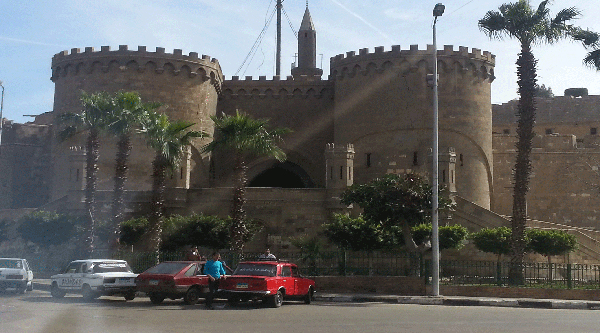Bab Al Azab gate: description, facts, history, photo | Gates of the Saladin Citadel in Cairo
4.6 / 5 116 ReviewsAddress
Location: Outside the Citadel of Saladin, facing Qalaa square
Accessibility
Not wheelchair friendly
Bab Al-Azab is the great lower gate of the Salah al-Din Al-Ayoub's Citadel, which looks out over the Sultan Hassan School and Al-Refaai Mosque. Prince Radwan Kathuda Al-Galfi, commander of the Al-Azab corps, had the gate rebuilt in 1754; and the new construction occupies the same spot as its Mamluk predecessor.
Executed in the same architectural style as the other two gates of Cairo, Bab Al-Futuh and Bab Zuweila, Bab Al-Azab nonetheless remains one of the largest and most beautiful Islamic monuments in Egypt. Out of the two rectangular towers that contain the structure, hot oil was once poured on invaders.
The name Bab Al-Azab dates back to a time prior to the construction of the gate. When the Ottomans arrived in Egypt in 1517 they began referring to the lower enclosure of the citadel as Al-Azab, after the stables built by the Sultan Al-Nasser Mohamed Ibn Qalawun in 1311 to house the 4,800 horses in his possession started being used as a dormitory for an Ottoman regiment known as Al-Azab (the bachelors) - they were not allowed to marry until they retired. Yet perhaps Bab Al-Azab is best remembered as the site of the famous 19th-century massacre of the Mamluks, carried out by Mohamed Ali Pasha and his loyal soldiers.
Today the gate is home to six major archaeological sites as well as a string of warehouses, one- storey buildings once used as soldiers dormitories and stables
